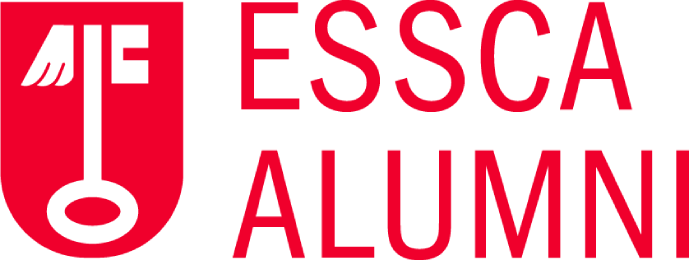P ... as in Paris
At thebeginning of the 90s, a good half of ESSCA's students came from the Ile-de-France region. It was part of the School's strategy to rapidly invest in the Paris region, for two simple reasons.
Firstly, Paris is "the lungs of the job market". Secondly, in the long term, a Parisian site could only benefit the School's development by increasing the number of people it recruited, thanks to the increased supply. This reasoning would later be amply confirmed.
The initial plan to set up a large "Angevin" campus to the east of Paris, integratingESSCA as a benchmark business school, had been validated in those years. Of each class of 300 students, 100 were to complete their undergraduate studies in Marne-la-Vallée, before moving on to Angers for their graduate studies.
The economic crisis of 1993 discouraged the promoters of this fine enterprise. They withdrew one by one, with the exception of the school's directors, Jean BEUCHER, Director (1990/94) and Joël BLANDIN, Chairman of the Board (1990/96).
Christian BRULARD (class of 1982) Director of ESSCA-Paris (1993/2000) recounts the heroic circumstances of "the climb to the capital":
" When the decision was taken "to go to Paris anyway", we had neither premises nor teams in place three months before the start of the school year! Nevertheless, the gamble paid off, and the 1993 school year was assured. The pioneering teachers and students of Bussy-saint-Georges did everything in their power to ensure that this risky venture was a success, and a permanent one from September 1997 onwards with the move to Boulevard Excelmans, which consolidated ESSCA's position in Paris intra-muros. "
After Marne-la-Vallée and Paris XVIème, in 2004 the school moved into the Pôle Universitaire Léonard de Vinci (PULV), which brings together 4,000 students from twelve schools in the La Défense business district. It rents two floors of 1,500 m2 of premises. Since 2007, 210 first- and second-year students have been completing their initial studies here, in the same number as in Angers. Today, ESSCA's 400 students mainly occupy the 9th floor of the PULV.
What do they learn from their study conditions on the Paris site? Let's take a moment to listen to them, it's quite instructive:
"First of all, and to set the record straight on a few misconceptions that are being peddled here and there, it should be stressed that ESSCA-Paris is not just another ESSCA. Admittedly, there are two sites from which students can choose for their undergraduate studies. But in the final analysis, it's one and the same school. The courses are the same as in Angers, and so are the professors. They go back and forth from one site to another on a regular basis. As for exams, you don't graduate from ESSCA-Paris, but from ESSCA. The second cycle is done in Angers anyway, as a reminder. "

In Boulogne-Billancourt, south-west of Paris, ESSCA has acquired a building that will welcome students from the start of the 2010 academic year.
"The teaching provided and the level of students are strictly the same as in Angers. "
"Why Paris? Well, as I live in the capital, it was a good transition for me between the family cocoon and the independent life of a student, and it also means I can save on rental costs for a while, which can be financially appreciable. "
As for the reasons why these students chose ESSCA, they are no different from those of their fellow students in Anjou. ESSCA is the only school that offers what I would call great freedom of choice in terms of the curriculum. Internships can be done either in France or abroad! There are 24 types of Masters possible, and no graduate has completed a curriculum identical to that of his or her classmates! "
In this anniversary year, the School's strategy of anchoring itself in Paris received a new and decisive impetus with the purchase of a 4,000 m2 building in Boulogne-Billancourt, a city that balances business, leisure and housing. New and promising prospects are opening up that will undoubtedly enable us to write an exciting new chapter in the history of our School.



